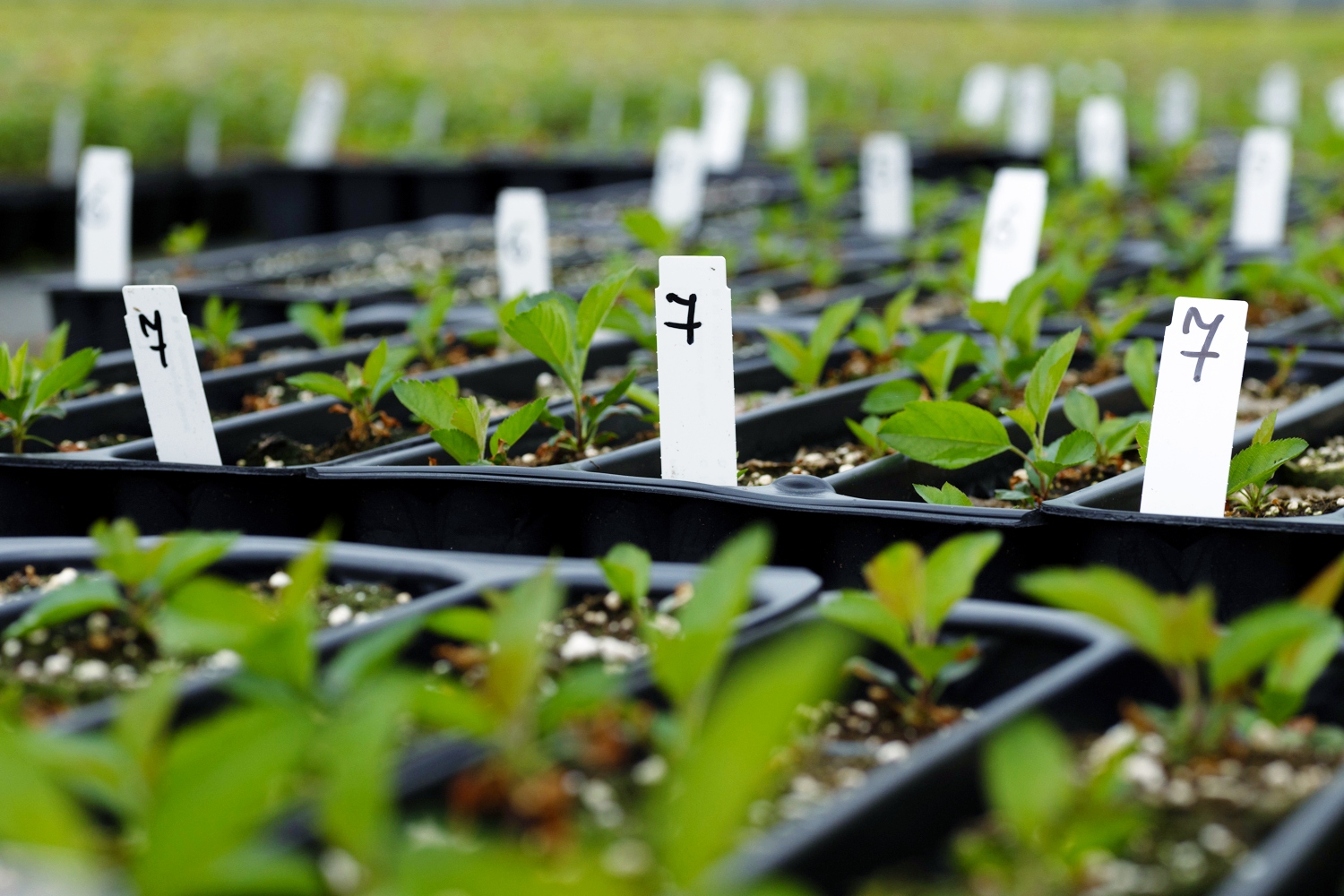Our plots were still seabed 80 years ago, how is that possible?
Our nursery is located on very young soil; less than 80 years ago the entire area was still sea. How is that possible? We’ll take you briefly through the history of the Noordoostpolder.
The Noordoostpolder is part of the Zuiderzee Act, devised by engineer Cornelis Lely. Following the food shortage during the war and the flood disaster of 1916, the Netherlands was looking for a solution for an area where food production would be the foundation. An agricultural area, in other words.
Noordoostpolder; agricultural Walhalla
In 1942, the Noordoostpolder was officially drained, land reclaimed from the former Zuiderzee. 48,000 hectares, 1,577 farms on plots of 12 to 48 hectares. Straight roads, parcels, and structured water management. Ten villages with inhabitants carefully selected. Five different types of farms, one task; to transform a new piece of land into an efficient agricultural Walhalla. Planning was key.

Source: Provincie Flevoland
48, 24 or 12 hectares
Anyone looking at the map of the Noordoostpolder can see that all the roads, ditches, and plots are laid out in a highly structured way. Plots are divided into blocks of mainly 48, 24, and 12 hectares. A plot of 300 by 800 meters was considered optimal during a 1936 study. This was mainly due to the drainage technique at the time, which only allowed a maximum plot width of 300 meters. The Dutch government eventually approved the allocation of 1,577 farms ranging from 12 to 48 hectares.
Planning was key
The farms were placed in clusters of two, three, or four at a time. Farmers were expected to form groups to help each other with work on the land, fires, or accidents. There were also financial benefits. For example, only one fire hydrant was needed, and one transformer. Planning was key, in everything.
Placement of a Schokbeton – prefab – barn
The area around Kraggenburg, Marknesse, and Luttelgeest – the location of our nursery – is situated on clay and loam soil and was therefore designated as a fruit-growing area. This can still be seen today in the smaller plots (12 hectares) and the typical horticulturists’ houses.
Strict layout
The village plan dates from 1946. The location of the villages was aligned with a grid of roads, canals, and plots. Research was carried out into which distances suited the farm laborers working for the farmers. Based on this, a plan was made to place all villages 7 to 9 kilometers from the ‘main town’ Emmeloord, in a circle, neatly divided. Planning was key, as described earlier.
Today, many original farms have been converted into residential farms, and small agricultural businesses are taken over by larger parties. Land is still leased, rented, or exchanged. The polder farmers certainly know what cooperation means.
Our nursery
The home plot of our nursery is located on plot number M121, a 24-hectare plot of light clay situated more than 3.5 meters below sea level. The house on the property is a ‘Classic Noordoostpolder Farm’ Type A. A detached tenant farm with a Schokbeton barn, typical of the arable farms in the beginning.
